America's creaky defenses against a surprise nuclear attack are stuck in the Cold War past
The aging arsenal may be due for an upgrade — and possibly a total rethink
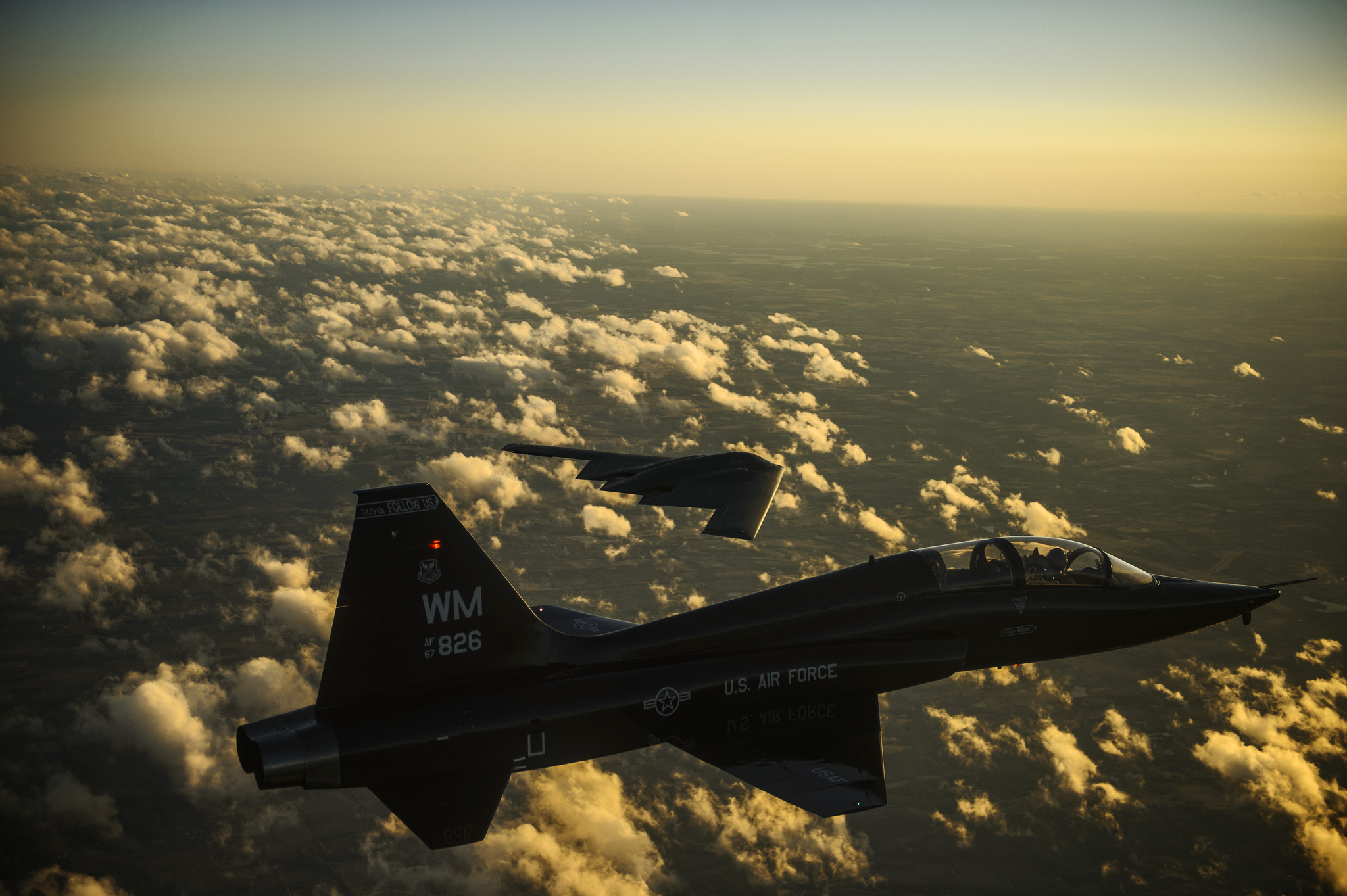
Quietly scattered in the air, on land, and at sea, the United States maintains 1,597 strategic nuclear weapons to protect it against surprise nuclear attack. Each is 15 times larger than the bomb that devastated Hiroshima.
Collectively, America's nukes pack more firepower than what was expended in all past wars combined, enough to send any country back to the Dark Ages.
They are also growing increasingly old and expensive to replace. The U.S. government plans to spend $350 billion over the next decade maintaining its nuclear arsenal — a large number that could grow larger in a time of fiscal austerity.
The Week
Escape your echo chamber. Get the facts behind the news, plus analysis from multiple perspectives.

Sign up for The Week's Free Newsletters
From our morning news briefing to a weekly Good News Newsletter, get the best of The Week delivered directly to your inbox.
From our morning news briefing to a weekly Good News Newsletter, get the best of The Week delivered directly to your inbox.
Now, before the checks are cut and the missiles are built, the American people have the opportunity to redefine what kind of nuclear arsenal protects them — or if they want one to protect them at all.
The U.S. bases strategic nuclear weapons on three platforms, known collectively as the triad: on the ground, in the form of intercontinental ballistic missiles (ICBM); in the air, in heavy bombers like the B-2 stealth bomber; and at sea, deployed on submarine-launched ballistic missiles (SLBM). Each basing system has its own advantages and disadvantages, and each complements the others.
The Air Force's 450 Minuteman III ICBMs are a formidable force. Highly accurate, they are best used to target enemy ICBMs and command silos deep underground. Their disadvantage is that they can be destroyed during a surprise attack before they can be launched.
The Navy has 14 ballistic missile submarines, each with 24 SLBMs armed with eight to twelve warheads. Missiles launched at sea are less accurate, and generally aimed at oil refineries, factories, government facilities, and even cities. Submarine-launched nukes are most likely to survive a surprise attack, as a handful are always on patrol hidden deep in the world's oceans.
A free daily email with the biggest news stories of the day – and the best features from TheWeek.com
Finally there are B-2 and B-52 heavy bombers armed with short-range nuclear missiles and nuclear bombs. Bombers are the most vulnerable to surprise attack, but prized for their flexibility: Their human crews can receive new or revised orders, change their targets in flight, or even be recalled back to base.
All of these systems date back to the Cold War and most are nearing retirement. The Navy seeks to replace the 14 Ohio class missile submarines with 12 new submarines, at an estimated cost of $100 billion. The Long-Range Strike Bomber (LRSB), which will supplement and eventually replace existing bombers, is expected to cost $500 million per plane, with a total overall cost of $100 billion for 80 to 100 planes.
Even the Minuteman III land-based missile will need to be replaced in the near future, at a cost sure to be in the tens of billions of dollars.
Most of these systems were built during a time when the threat was clear: the Soviet Union and its inventory of nuclear arms. Today, the United States basically has only one serious nuclear adversary: Russia. Russia has 1,582 nuclear warheads serving on its own, aging nuclear triad.
Other potential adversaries, such as China and North Korea, maintain their smaller nuclear arsenals at a low level of readiness and could not catch American forces off guard.
The question is: With such a diminished threat, does it still make sense to fund all three legs of the nuclear triad? Could the United States still be adequately defended against surprise attack without strategic bombers, submarines, or ICBMs?
Cutting one of the legs would be cheaper, and welcome in this period of fiscal austerity. Turning the triad into a diad — or a deterrent force based on a single platform — will invariably mean giving up some capability. If we cut land-based missiles, we lose the capability to strike at enemy missiles in silos. If we cut bombers, we lose the ability to recall or re-target. And if we cut submarines, we lose the ability to permanently keep a portion of the arsenal hidden and undetected.
Perhaps the U.S. could get away with fewer delivery systems. Russia has 10 ballistic missile submarines, the United Kingdom has four, and China is planning a force of five. Does the U.S. really need 12? Buying fewer systems would be cheaper, but the weapons still have to be developed first — a very expensive proposition.
Finally, there is always the "Global Zero" argument — the idea that the United States would eliminate nukes from its arsenal provided other countries did the same. Even then there is a risk that other countries may cheat on the deal — giving them a decisive edge over America.
When it comes to preventing Armageddon, there is no cheap, easy solution without risk. If relations with Russia and China deteriorate it may even be necessary for the U.S. to build even more nuclear weapons. In the meantime, before these weapons systems are built, it's smart to take a moment and think about what we are prepared to accept, and what we need to keep America safe.
Kyle Mizokami is a freelance writer whose work has appeared in The Daily Beast, TheAtlantic.com, The Diplomat, and The National Interest. He lives in San Francisco.
-
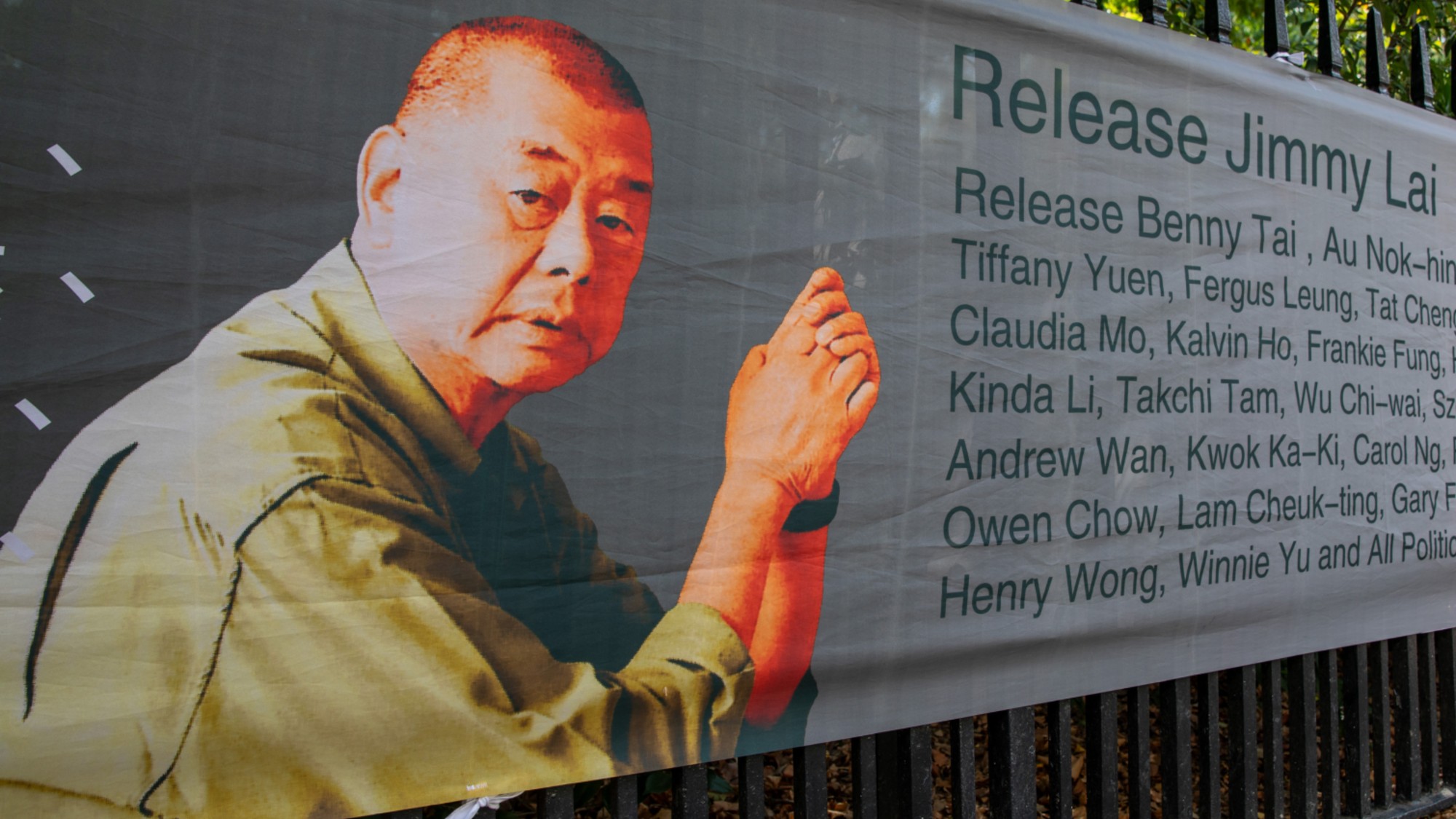 Quiz of The Week: 13 – 19 December
Quiz of The Week: 13 – 19 DecemberQuiz Have you been paying attention to The Week’s news?
-
 What’s causing the non-fiction slump?
What’s causing the non-fiction slump?In the Spotlight Readers are turning to crime fiction, romantasy and self help books as a form of escapism
-
 What is the global intifada?
What is the global intifada?The Explainer Police have arrested two people over controversial ‘globalise the intifada’ chants
-
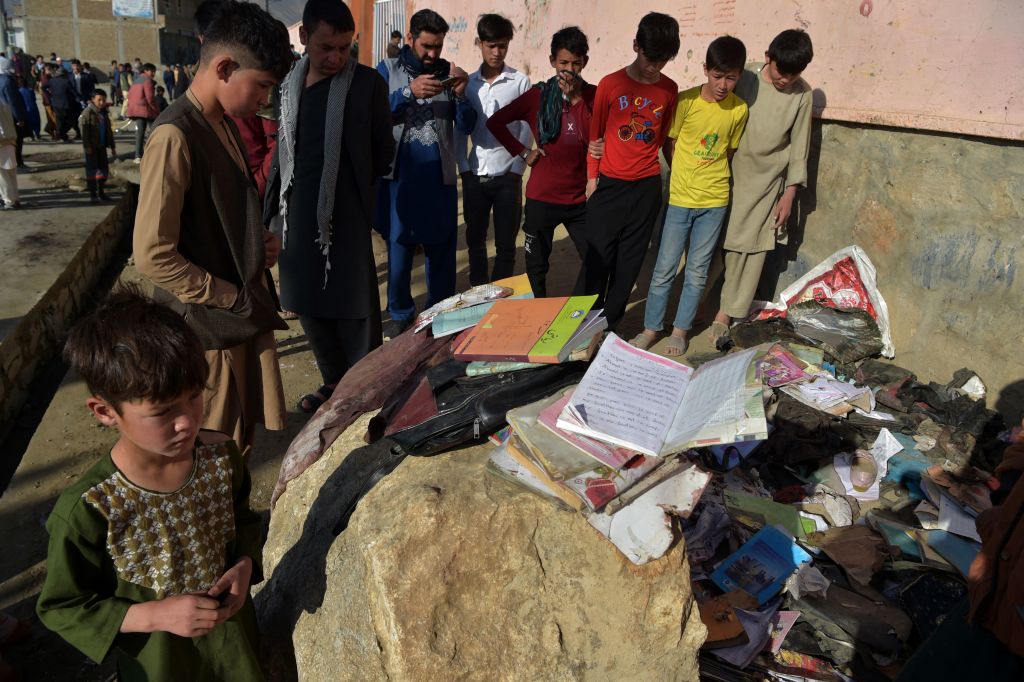 Bombing at girls' school in Kabul kills at least 50, including students
Bombing at girls' school in Kabul kills at least 50, including studentsSpeed Read
-
 Garland says DOJ is 'pouring its resources' into stopping domestic terrorists 'before they can attack'
Garland says DOJ is 'pouring its resources' into stopping domestic terrorists 'before they can attack'Speed Read
-
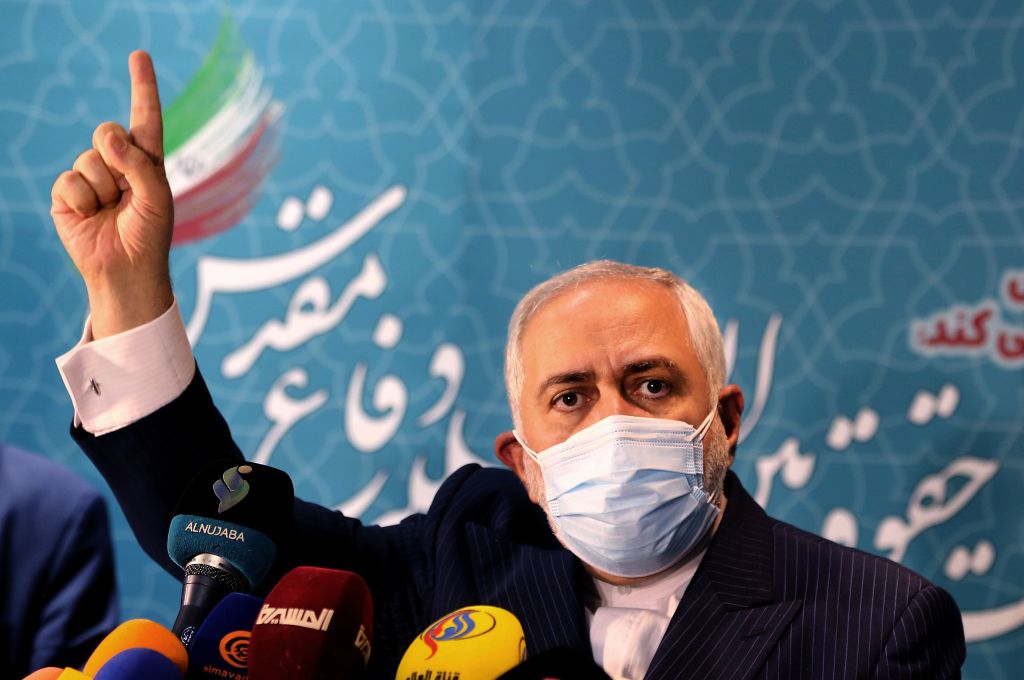 Suspected Israeli cyberattack on Iranian nuclear site complicates U.S.-Iran nuclear deal talks
Suspected Israeli cyberattack on Iranian nuclear site complicates U.S.-Iran nuclear deal talksSpeed Read
-
 North Korea fires 2 ballistic missiles into sea
North Korea fires 2 ballistic missiles into seaSpeed Read
-
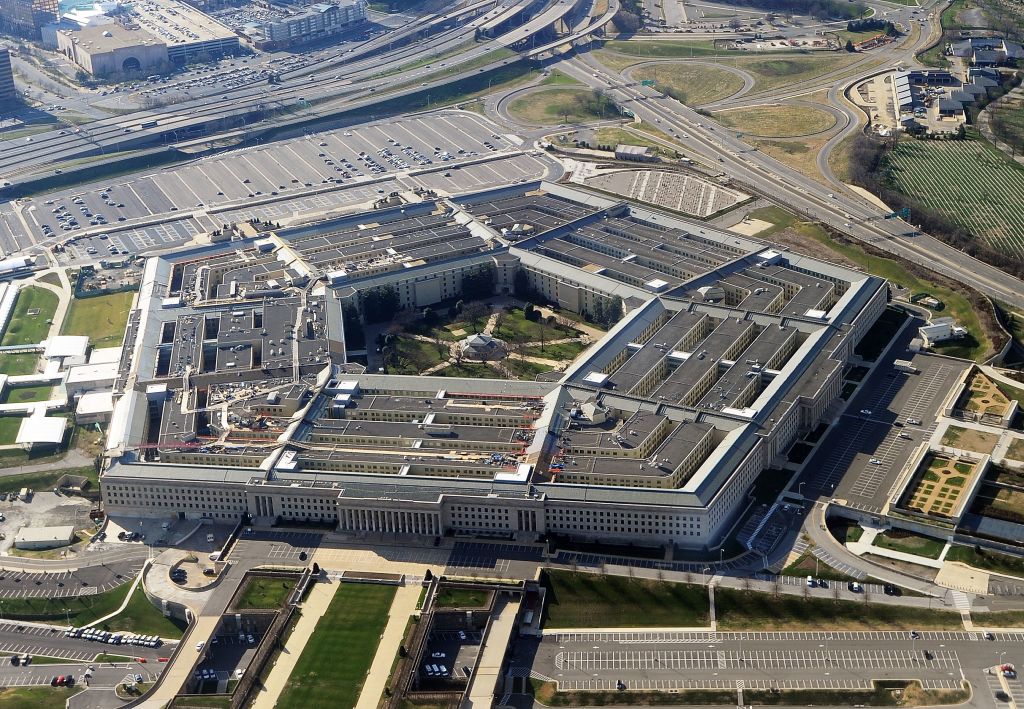 U.S. airstrikes target Iranian-backed militia facilities in Syria
U.S. airstrikes target Iranian-backed militia facilities in SyriaSpeed Read
-
 Rochester police who killed Daniel Prude during mental health crisis won't face charges
Rochester police who killed Daniel Prude during mental health crisis won't face chargesSpeed Read
-
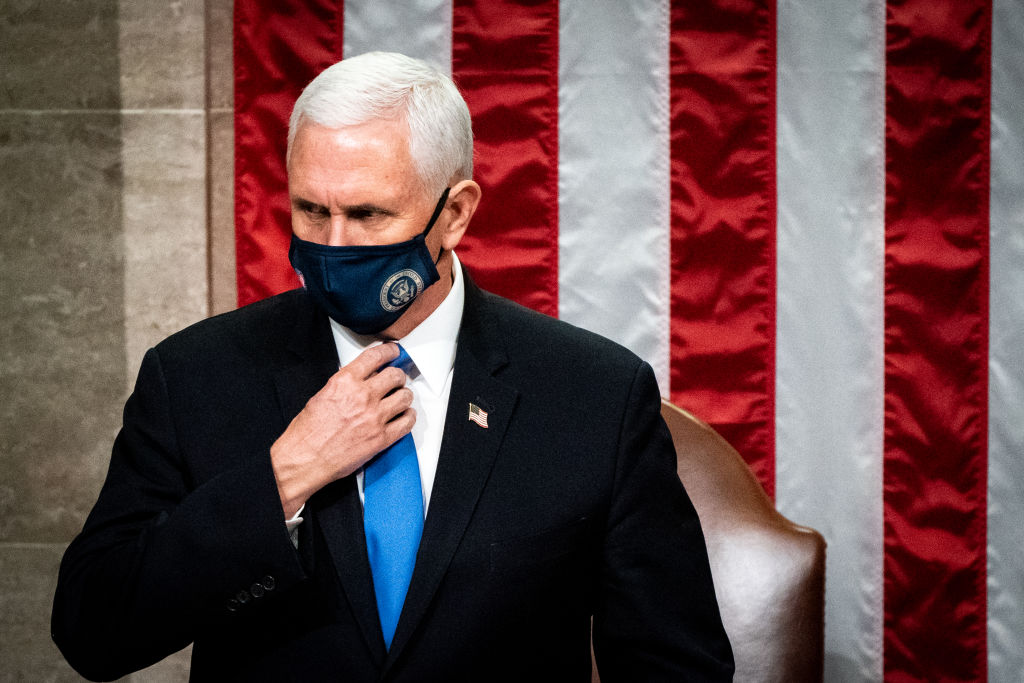 Mike Pence's 'nuclear football' was also apparently at risk during the Capitol siege
Mike Pence's 'nuclear football' was also apparently at risk during the Capitol siegeSpeed Read
-
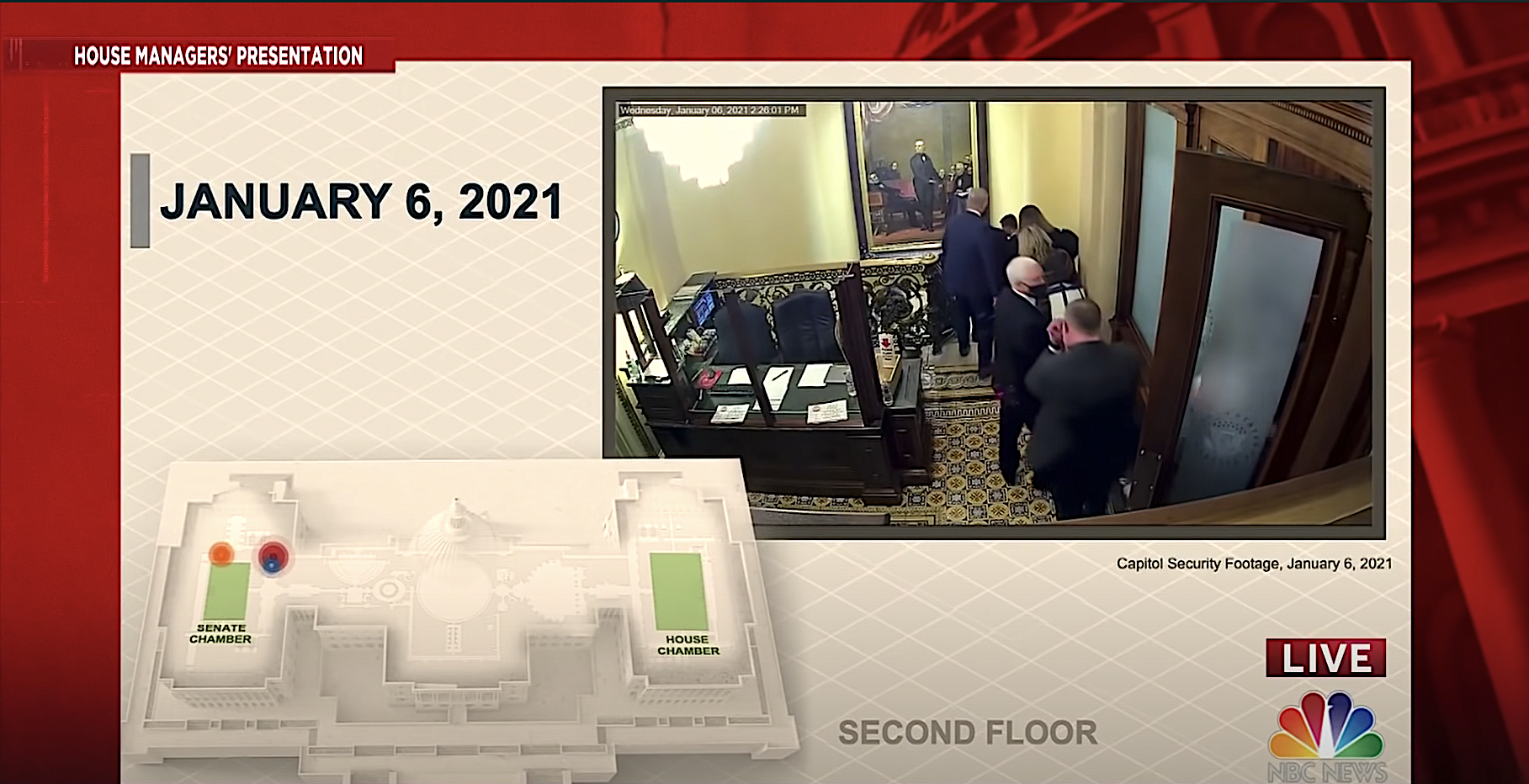 Trump publicly attacked Pence during the Capitol riot knowing Pence was in trouble, GOP senator suggests
Trump publicly attacked Pence during the Capitol riot knowing Pence was in trouble, GOP senator suggestsSpeed Read